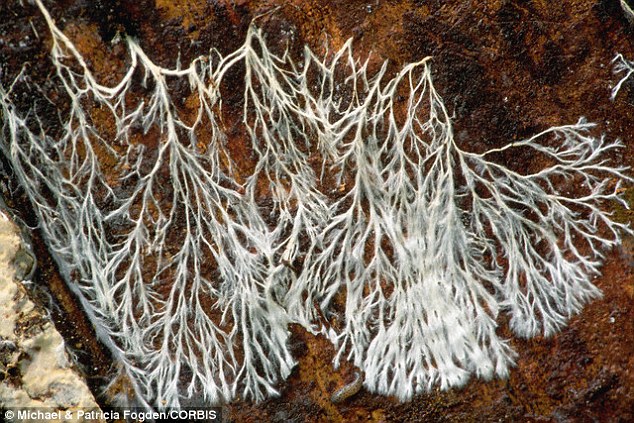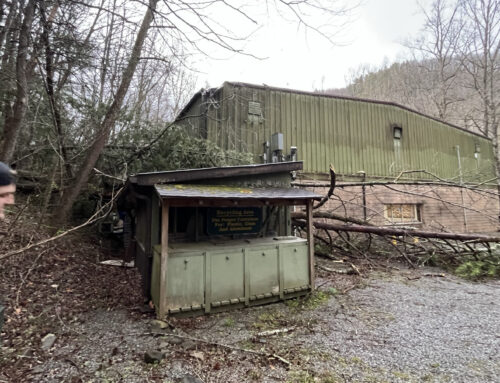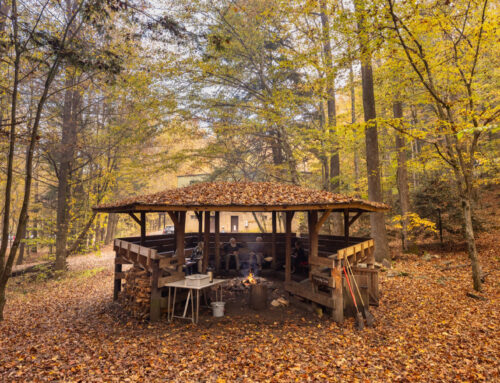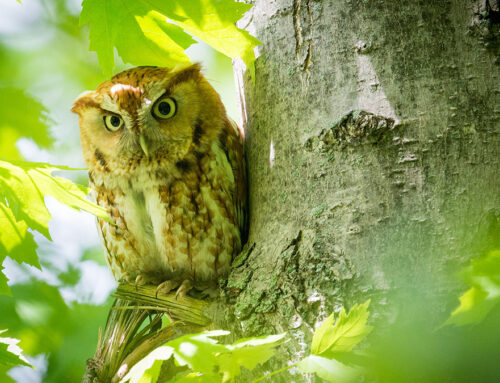Written by Anne Krichten, 2019 citizen science educator
Picture a stump rolled over along a forested trail and an inquisitive 6-year-old pointing at the ground below. A web of white clumps and sinews extend all the way through the indented ground, almost like they were connecting to the stump when it was there. The young child asks you what it is. Would you know what to say?
Well, that network of sinews and wires of white happens to exist all throughout the soil. It is a part of the fungal network, and only a small fraction of all that goes undiscovered in the soil. Among the soil are roots that can be used in tea, tiny arthropods in an almost invisible food chain that can actually differ depending on the forest type, gases like carbon dioxide being released by the millions of bacteria in each spoonful of soil, and this fungal web.
The mycelia, or roots, in this fungal network could help to absorb vast amounts of carbon dioxide to slow the effects of climate change, create new drugs or antibiotics, offer new pesticides, break up pollutants, filter water, and treat disease.
These soil secrets are only the tip of the iceberg. There are so many other things that fungi can do. For example, some mushroom caps of the fruiting body can be used in art for their colorful pigments. Other mushrooms come in wild varieties of shapes and sizes, with their own abilities… beyond absorbing nutrients directly into their bodies. Some, even, have poisons that can cause hallucinations, coma, and death. Lesser known, however, is the new research that is on the verge of stating that the fungal root network below the soil could help in many other facets. The mycelia, or roots, in this fungal network could help to absorb vast amounts of carbon dioxide to slow the effects of climate change, create new drugs or antibiotics, offer new pesticides, break up pollutants, filter water, and treat disease. Mycelium is also being used in biological product redesign, where some new designers are using the fungal root network to create new materials to use in building, sculptures, or even bicycle helmets!
In this underground network, miles worth of threads can exist in a pinch of soil, and one single tree can be connected to nearly 50, with older trees even more so connected.
Besides their uses or benefits to mankind, the mycelia are steady at work under our feet. Even viciously, if that could be applied to a fungal body, the tube-like extensions can probe the soil and surrounding environments for possible nutrients—nutrients in any form, even living. In some cases, the fungal tubes can extend and pierce into the body of a springtail, able to absorb their nutrients, even while the springtails are still squirming and alive. The fungi can also find dead matter (the more common choice) and incorporate those materials into its own network, even from food sources on the surface of the soil, like a salmon left out from a foraging bear.
Once able to acquire needed nutrients, the fungi can spread. Growing almost akin to the ways our highways branch to new cities, the fungal webs spread toward trees to make a deal with them to share nutrients. In this underground network, miles worth of threads can exist in a pinch of soil, and one single tree can be connected to nearly 50, with older trees even more so connected. Can you imagine the nutrients from the salmon now incorporated in to a tree?
If trees can have this greater awareness, then what is the metaphorical mycelium to allow humans to behave in a similarly cooperative, preservationist, and community-driven manner?
This network functions like a bank, able to pass nutrients from one tree, even on the verge of death, to another nearby. In this way, there is almost a lineage or inheritance passed among the trees, beyond a genetic code. The forest becomes its own community, capable of looking out for its own preservation in a larger context. It begs the question then: If trees can have this greater awareness, then what is the metaphorical mycelium to allow humans to behave in a similarly cooperative, preservationist, and community-driven manner?
—
Sources:
- Network of Fungus Could Help Fight Climate Change and Pandemics, Experts Claim
Sarah Griffiths – https://www.dailymail.co.uk/sciencetech/article-3019307/Could-mushrooms-save-human-race-Network-fungus-help-fight-climate-change-pandemics-experts-claim.html - From Tree to Shining Tree [Audio] (2016, July) Retrieved from https://open.spotify.com/episode/7uSuHwwu6DLeyF3mIZFuP5?si=l22-WfVXTYiA72lzJJt3Pw







